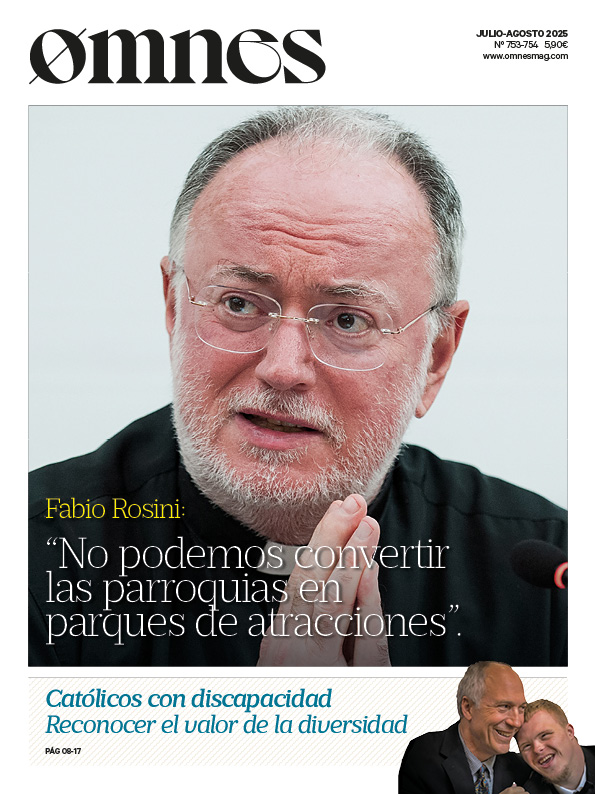"What to give the child for his first communion? A watch, a book, no, no, that will come up with others... I'll give him a rattlesnake!". After a week of thinking, Grandma was satisfied with her decision. "A little snake can be very useful when it's well tamed," she said to herself. It sends messages, entertains with its dances, and even helps you sleep when it makes the figure-eight motion. Everyone has acquired one for a reason... The only thing is that sometimes it bites a little, and it's poisonous, but well, everything has its good side and its bad side, right?".
The child leaves the church, happy to receive so much attention from his family. They arrive at the house to celebrate and then the gifts appear. A book, a watch, another watch, a penknife. He accepts with his little hands and smiles. Grandma is waiting her turn to enter, looking for a coup.
At last, she makes her way through the guests and pulls out of her purse a beautiful rattlesnake with a little red ribbon tied around its neck. "Here, honey," she says, stretching out the creature, which begins to coil in her arms. Her name is Panchita, you can keep her in your pocket. But educate her, eh? Lest she digs her fangs into you, injects her venom and you end up dead in some corridor".
The child's eyes sparkled. He did not see the snake, but a smartphone. So he left the guests pinned in the living room, went to his room, bolted the door for the first time, and created an account at Instagram. Then another in Tik Tok. Thus, without realizing it, the day was gone. The same thing happened the next day. And the next...
Those who are part of the 96.7 million people who have watched the series Adolescence (Netflix2025) will agree that I am not exaggerating.
The use of screens among minors is a nightmare, but they get them anyway because, "whatever"Everyone has a cell phone. Many schools are taking action, but it is difficult to make progress because it is difficult to reach agreements between families.
Thanks to Jonathan Haidt's book, Anxious generation (Deusto, 2024), many educational institutions around the world have finally found the scientific basis they needed to dare to ban the use of cell phones during the school day.
For those who have implemented it, it has been a respite. "Now they play in the playgrounds," a teacher told me the other day. "When they had phones in their pockets, of course, nothing could compete with that. Now at least they listen to me," commented another.
However, once the problem is solved in the mornings, there are still the afternoons and weekends, which are often stolen by the screens. Therefore, the next step is to postpone the delivery of mobiles.
Haidt shows that doing so before the age of 15 is a serious imprudence. From this point on, the debate begins and the quality of the training provided by some families versus others is measured. Some prefer to stay with that age, others prefer to delay the delivery until 18. In this second position is, for example, the Spanish doctor Miguel Ángel Martínez, with his book Salmon, hormones and screens (Planeta, 2023). And, modestly, so am I.
At this stage of the game, young people recognize that the cell phone with social networks is rather like a poison. Many would like to use them more freely, but the notification system is addictive. The snake smiles at first, but then shows its fangs. The same thing happens with cell phones: once they fall into the hands of the teenager, they soon try to devour the owner.
Boys waste time, lower grades, deteriorate relationships with parents and siblings, fragment attention, incur mental illness (in the UK, a third of 18-24 year olds experience symptoms of depression, anxiety or bipolar disorder), suffer in their self-esteem, sleep less, witness cyberbullying, forget about God.
Parents, on the other hand, have not received special training to heal snakebites and understand their children less and less each day.
In the midst of all this confusion, there are families who manage to open an umbrella. "If it rains, at least we won't get wet," they say. They fight tooth and nail to preserve some traditions: eating together, having father-son conversations or praying as a family. At the same time, they look for tricks to avoid unfair competition: they delay the delivery of the cell phone until 18, or give one away at 15, but it is one of the old ones, that is, not suitable for social networks.
I've also seen some ingenious parents who get a brick without social networking, but with WhatsApp.
The effort of going against the tide involves them entering into lengthy discussions, it is true, but they know that the conflict is far less than if their children were to keep a IPhone-rattlesnake in his pocket since the day of his first communion.








